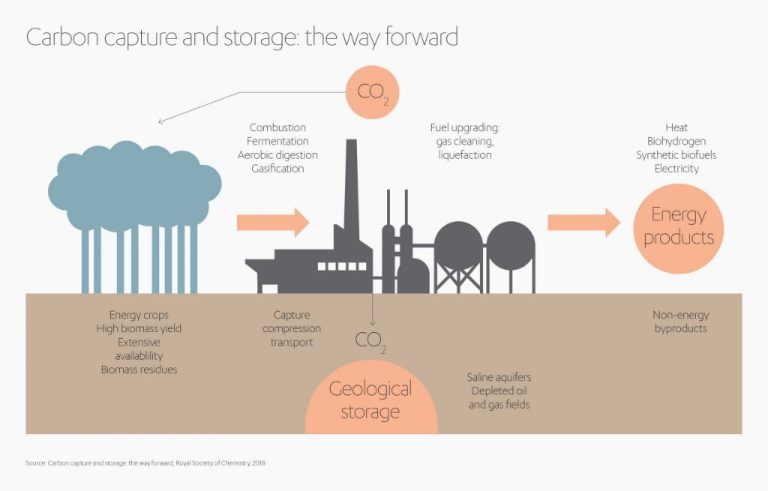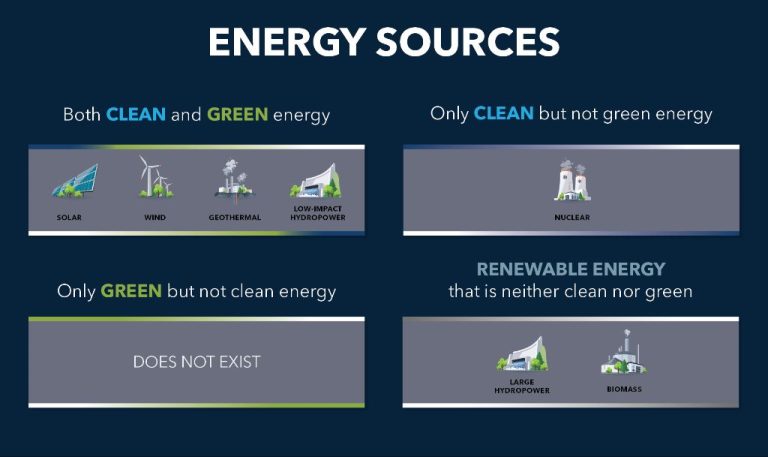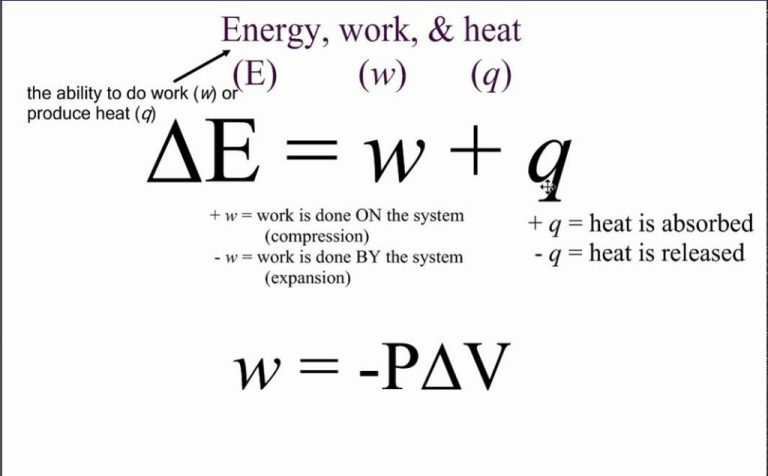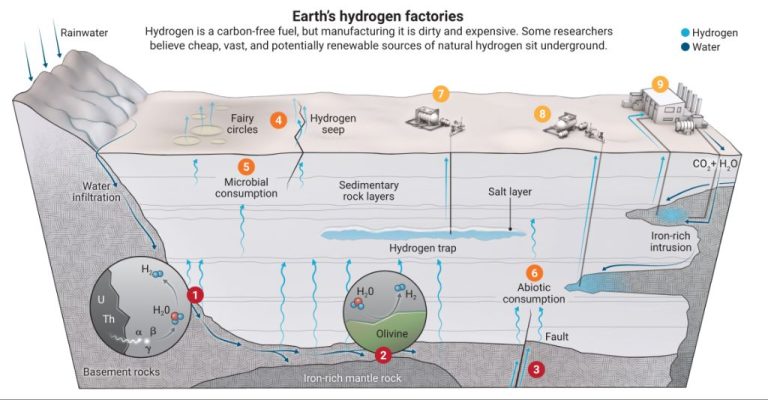What Is The Bad Side Of Green Energy?
High Upfront Costs
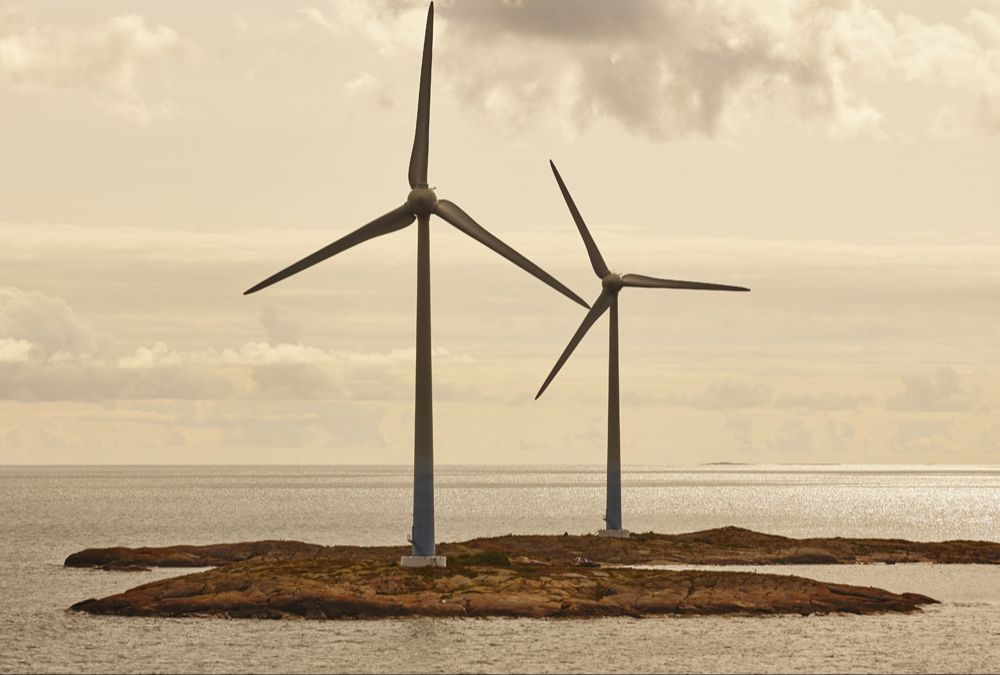
Installing renewable energy systems like solar panels or wind turbines often requires a significant upfront investment. According to Nerdwallet, the average cost to install solar panels ranges from $2.50-$3.50 per watt. For a typical 6 kW system for a single family home, that equates to $15,000-$21,000 in upfront costs just for the solar panels. When you factor in inverters, racking, permits and labor, the total costs can easily exceed $20,000. Similarly, residential wind turbines cost $15,000 on average for a 5 kW system according to the DOE. These high upfront costs can deter some homeowners and businesses from adopting renewable energy.
Intermittency
One of the biggest challenges with solar and wind energy is intermittency, which refers to the natural variability in their power generation. Solar energy relies on clear skies and sunshine, while wind turbines need consistently windy conditions to spin and generate electricity. According to Scientific American, intermittency disrupts the conventional methods for planning daily grid operations, since supply fluctuates based on weather and time of day. When the sun isn’t shining or wind isn’t blowing, solar panels and wind turbines produce little to no electricity.
A 2020 study in Nature Communications found that by 2050, solar intermittency could cause photovoltaic reliability issues, as more solar power comes online. The intermittency makes it challenging to integrate large amounts of solar and wind onto the electric grid while maintaining reliability.1 Essentially, intermittency means solar and wind cannot consistently produce energy at all hours of the day.
Storage Limitations
One of the biggest challenges with renewable energy sources like wind and solar is that they are intermittent – they only generate electricity when the wind is blowing or the sun is shining. This inherent variability means that energy storage is crucial for balancing supply and demand on the grid. However, storing large amounts of energy from renewables is still prohibitively expensive.
Batteries like lithium-ion have limited capacity and can be costly, especially at grid scale. According to a GAO report, the capacity and costs of battery storage present obstacles to widespread deployment. While costs are declining, storage still accounts for 25-30% of the total cost for utility-scale solar projects. There are also technical limitations around battery charge/discharge cycles that constrain how much energy can be stored over time.
Pumped hydro provides greater capacity but depends on suitable geography and has environmental impacts. Other emerging technologies like compressed air energy storage and flywheels face technical and economic viability challenges. Until cheaper and better storage options emerge, the intermittency problems with renewables will persist.
Transmission Constraints
One challenge with renewable energy is transmitting the power from where it is generated to where it is needed. Many renewable energy sources like wind and solar are location-dependent and are often far from population centers that require electricity. Transmitting this power over long distances requires building new transmission lines, which face several obstacles
As noted in Transmission constraints, intermittent renewables and nodal prices, congestion on existing transmission networks limits the ability to move power between different regions. Building new high-voltage direct current (HVDC) transmission lines to connect renewable energy hubs with demand centers is extremely expensive and faces siting and permitting challenges.
Upgrading the aging grid infrastructure to handle large amounts of intermittent renewable power is another challenge. The variability of wind and solar requires more flexible transmission capabilities to balance supply and demand. There are also technical issues with maintaining grid stability as more renewable energy comes online.
Overcoming the transmission barriers for renewable energy will require coordinated investments and policies at the federal, regional, and state levels according to Interstate Transmission Challenges for Renewable Energy. It remains one of the key obstacles to large-scale renewable deployment in many areas.
Resource Limitations
Renewable energy like solar and wind face geographic constraints on where they can be built. Solar and wind power depend on the availability of the sun and wind, which tend to be abundant in certain regions but lacking in others. This can limit the scale and pace at which they can be deployed. According to maps from the U.S. Department of Energy, the best solar resources are located in the southwestern United States, especially the desert Southwest. The Great Plains region has the highest potential for wind energy development (WindExchange.energy.gov, 2022). Other countries face similar geographic limitations, with solar potential highest near the equator and wind potential greatest near coastlines and mountain ranges (VisualCapitalist.com, 2022). Because renewables are not evenly distributed, resource limitations put a cap on how much solar and wind can realistically be scaled up in a given region. This can make it challenging to fully transition all areas to renewable energy.
Land Use Conflicts
Large renewable energy projects require significant amounts of land, which can lead to conflicts with existing land uses. For example, according to a Brookings Institute report, wind and solar farms require 360 and 130 times more land area than natural gas and coal to produce the same amount of electricity. This is because renewable sources like wind and solar are more diffuse than fossil fuels, so they need large collection areas to harvest enough energy.
As a result, utility-scale renewable projects can disturb landscapes and disrupt agricultural or natural lands. According to research from West Virginia University, large solar and wind farms have generated land use conflicts in rural areas where agriculture is predominant. For example, farmers may resist giving up productive farmland for renewable projects. There are also concerns about fragmenting wildlife habitats and migration corridors with large renewable facilities.
Strategies like siting renewable projects on disturbed lands, integrating solar with agriculture, and distributed rooftop solar can help minimize land use impacts. But as renewables expand, managing land use conflicts will remain an ongoing challenge.
Wildlife Impacts
Wind turbines can potentially impact wildlife, especially birds and bats. Birds and bats can suffer direct mortality from collisions with turbine blades. One report by the U.S. Geological Survey found that bird and bat mortality is highly variable across sites but estimates hundreds of thousands of birds and bats are killed annually in the U.S. Turbines are especially hazardous to migratory bird species that use the skies for seasonal travel.
Wind farms also lead to habitat disruption and displacement. The presence of tall turbine towers disturbs the natural landscape and displaces birds, bats, and other wildlife from critical habitats. According to the Department of Energy, habitat impacts are a key concern for both land-based and offshore wind projects. The habitat fragmentation caused by wind energy facilities can also lead to behavioral changes in wildlife.
Overall, wildlife impacts must be carefully considered in the siting, operation, and monitoring of wind energy projects. With proper impact assessments and mitigation strategies, some of these effects can be minimized or avoided.
Aesthetic Concerns
One negative side of green energy is aesthetic concerns related to renewable energy projects like wind and solar farms. Some see these projects as visual “eyesores” that detract from natural landscapes and scenery.
For example, a 2021 study from the aesthetics journal notes that “opposition to renewable energy projects could be as significant a roadblock as any.” And it is connected with environmental aesthetics. The large scale and industrial look of wind turbines and solar panels can make some view them as ugly additions to the landscape.
This can spur local opposition to proposed renewable projects, as some desire to preserve an area’s natural beauty and do not want these man-made structures altering scenery and views.
Job Losses
Shifting from fossil fuels to renewable energy can displace workers in traditional energy industries. According to the International Renewable Energy Agency (IRENA), the global energy transition could result in 6 million job losses by 2050, concentrated in fossil fuel industry hubs(IRENA, 2022). However, IRENA estimates the transition could bring a net increase of 14 million energy sector jobs.
A 2021 study by the European Trade Union Institute found the transition to renewables in the EU electricity sector could lead to 334,000 job losses by 2030, predominately affecting fossil fuel power plants(ETUI, 2021). But renewable energy jobs are expected to offset these losses. Effective policies are needed to retrain fossil fuel workers and support economic diversification in affected regions.
Policy and Regulation Issues
The growth of renewable energy faces several policy and regulatory challenges. One major issue is the unevenness of government subsidies and support programs. Many countries provide subsidies for fossil fuels, which can make it difficult for renewable energy to compete on a cost basis. Reducing fossil fuel subsidies and increasing support for renewables through policies like feed-in tariffs and tax credits can help accelerate the transition.
Permitting and siting for large renewable energy projects can also pose hurdles. Lengthy approval processes and red tape can delay projects and drive up costs. Streamlining permitting while still addressing environmental and community impacts is needed. Local opposition known as NIMBYism (Not In My Backyard) further complicates siting. Engaging early with communities, offering benefits like shared revenues, and utilizing less utilized spaces like rooftops and brownfields can help overcome NIMBY challenges.
Overall, clear and consistent regulatory policies, fair market access, and public engagement are critical for enabling renewable energy to scale up efficiently. As the International Energy Agency notes, “Challenges related to policy and regulation remain among the greatest obstacles to the growth of renewable energy” (source). Creating a supportive policy environment alongside technology advances will be key to realizing the full promise of renewables.

